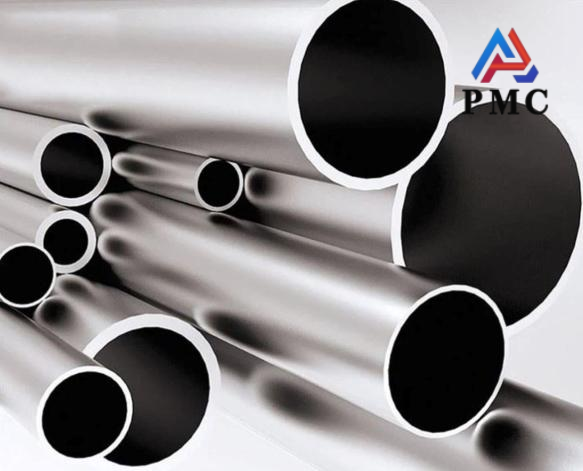
The Use of Hot Dip Galvanized Steel Pipe
Hot-dip galvanized steel pipes are used in construction, machinery, coal, chemical, electric power, railway vehicles, automobile industry, highways, bridges, containers, sports facilities, agricultural machinery, petroleum machinery, mining machinery and other manufacturing industries.
The surface of the galvanized steel pipe is welded with hot dip or galvanized steel. Zinc plating can increase the corrosion resistance of steel pipes and prolong their service life. Galvanized pipes are widely used, in addition to pipelines for general low-pressure fluids such as water, gas, oil, etc., it also used as oil well pipes and oil pipes in the petroleum industry, especially in offshore oil fields, oil heaters, condensation of chemical coking equipment, cooler, coal distillate oil exchanger pipe, trestle pipe pile, and support pipe for mine tunnel, etc.
The hot-dip galvanized tube is obtained by reacting a molten metal with an iron matrix to produce an alloy layer, thereby combining the substrate and the plating layer. Hot-dip galvanizing is to pickle the steel pipe first, in order to remove the iron oxide on the surface of the steel pipe, after pickling, it is washed by ammonium chloride or zinc chloride aqueous solution or a mixed aqueous solution of ammonium chloride and zinc chloride, and then fed. Hot dip plating tank. Hot-dip galvanized steel pipe has the advantages of uniform plating, strong adhesion and long service life. The hot-dip galvanized steel pipe matrix and the molten plating solution undergo complex physical and chemical reactions to form a corrosion-resistant structure of a zinc-iron alloy layer. The alloy layer is integrated with the pure zinc layer and the steel pipe base, so it has strong corrosion resistance.

In construction
In building structures, it is often used as a key component such as a supporting column and a load-bearing column. With its own high strength, it can firmly bear the weight of the building. Many of the internal supporting structures of some high-rise office buildings and large shopping malls are made of hot-dip galvanized steel pipes to ensure the safety and stability of the buildings.
In terms of building piping systems, whether it is water supply and drainage pipes or HVAC pipes, hot-dip galvanized steel pipes perform well.
In agriculture
In the agricultural field, hot-dip galvanized steel pipes also play an irreplaceable role. In the farmland irrigation system, it is an ideal choice for water pipes. The farmland environment is complex, and ordinary steel pipes are easily corroded by water, salt in the soil, and humidity in the air, causing rust, which affects the normal operation of the irrigation system.
In greenhouses, hot-dip galvanized steel pipes are often used as frames. The hot-dip galvanizing treatment forms a dense zinc layer on the surface, which effectively blocks the corrosion of the steel pipe by the external environment, greatly prolongs the service life of the steel frame, and enables it to remain stable for a long time in a humid and corrosive greenhouse environment.
In chemical Industry
In the chemical industry, especially the petrochemical industry, hot-dip galvanized steel pipes have become the ideal choice for many engineering projects due to their own characteristics. In chemical production, hot-dip galvanized steel pipes are often used to manufacture and repair reactors, heat exchangers, evaporators and other equipment. When these equipment are in operation, the internal media are complex and the temperature and pressure change frequently.
In transportation
In the field of transportation, hot-dip galvanized steel pipes are important materials to ensure project quality and safety.
In bridge construction, hot-dip galvanized steel pipes are used as supporting structures of bridges, such as the supporting skeleton inside piers, the truss structure of bridges, etc. They rely on their high strength to bear the weight of the bridge itself and the load of passing vehicles. In tunnel engineering, hot-dip galvanized steel pipes are used for ventilation and drainage pipes in tunnels. The environment in tunnels is dark and humid, and ordinary steel pipes are prone to rust and corrosion, which affects ventilation and drainage effects.


